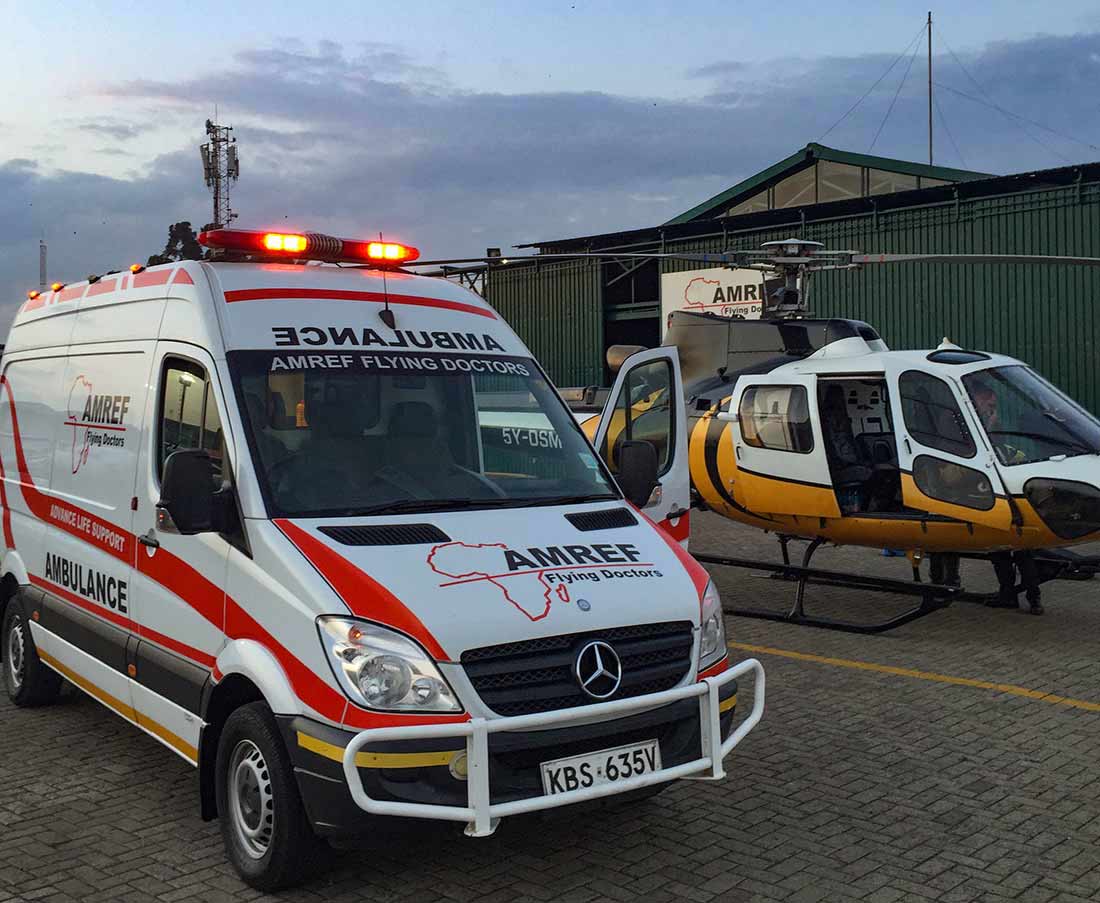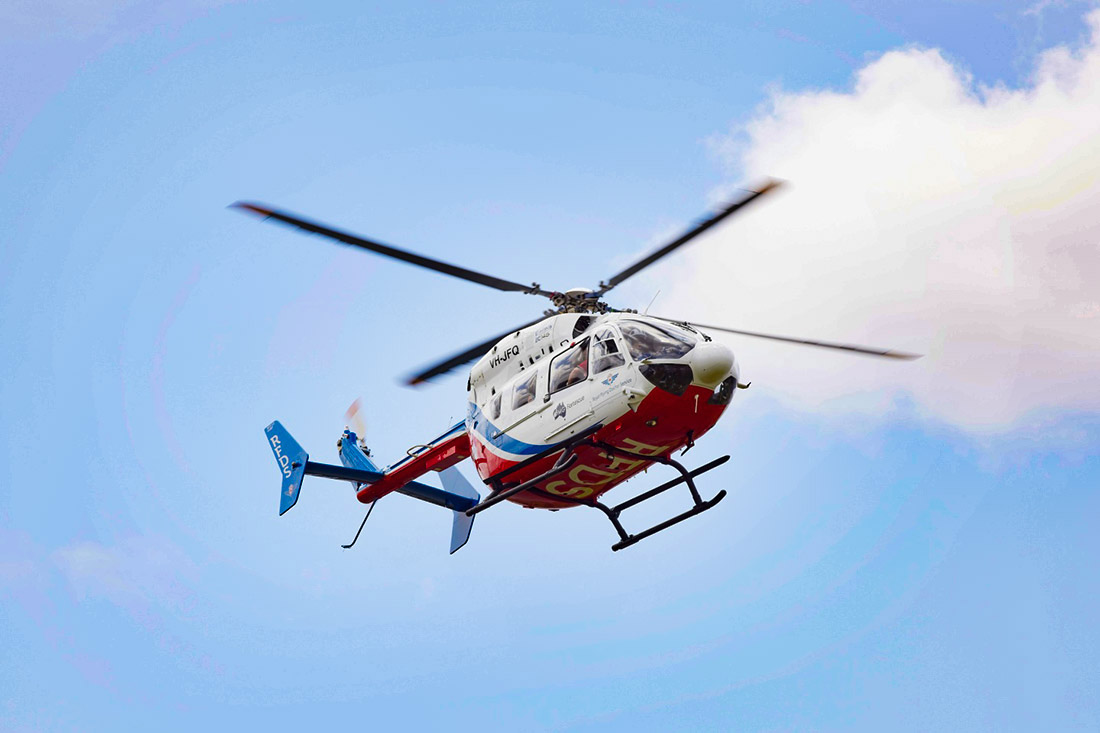Climbing Mount Kilimanjaro has become an increasingly popular adventure for thrill-seekers and nature enthusiasts alike. Rising majestically in Tanzania, Africa, Kilimanjaro’s allure lies not only in its breathtaking vistas but also in the challenge it presents to climbers.
However, amidst the excitement and anticipation, there’s a looming question: How dangerous is climbing and what is the death rate on Kilimanjaro?
Specifics

According to a study, the mortality rate for climbers on Kilimanjaro is approximately 13.6 deaths per 100,000 climbers. Applying this rate to the estimated 30,000 to 50,000 climbers who ascend the mountain annually, the number of deaths averages around 4 to 7 per year.
This figure contradicts the oft-cited claim of 10 deaths annually, indicating that climbing Kilimanjaro may not be as perilous as portrayed.
Despite this reassurance, prospective climbers must understand the factors contributing to these fatalities. While Kilimanjaro isn’t known for technical climbing challenges like steep rock faces or treacherous ice fields, it presents its own set of dangers.
Altitude Sickness
Altitude-related illnesses pose the most significant risk to climbers. As altitude increases, the air becomes thinner, leading to decreased oxygen levels. This can result in altitude sickness, with symptoms ranging from headaches and nausea to more severe conditions like pulmonary or cerebral edema. Failure to acclimatize properly or ascending too quickly are common causes of altitude-related fatalities on Kilimanjaro.
Weather
Extreme weather conditions also play a role in the mountain’s risks. Kilimanjaro’s climate can be unpredictable, with temperatures ranging from scorching heat at lower altitudes to freezing cold at higher elevations. Sudden storms, high winds, and heavy precipitation can pose challenges, particularly on exposed sections of the climb.
Health and Age
Additionally, individual factors such as age, fitness level, and pre-existing medical conditions can influence a climber’s susceptibility to these risks. Proper preparation, including physical conditioning, altitude acclimatization, and selecting a reputable guiding company, is essential to mitigate these dangers.
Preparation

While climbing Kilimanjaro carries inherent risks, it’s essential to approach the endeavor with respect for the mountain and a thorough understanding of the challenges involved. By prioritizing safety, proper planning, and responsible decision-making, climbers can minimize the likelihood of accidents and ensure a memorable and rewarding experience on Africa’s tallest peak.
Final Thoughts
In conclusion, while the mortality rate associated with climbing Mount Kilimanjaro may be lower than commonly believed, climbers need to recognize and prepare for the inherent risks involved. By understanding the factors contributing to fatalities and taking appropriate precautions, adventurers can embark on the journey to Kilimanjaro with confidence and safety as their top priorities.




